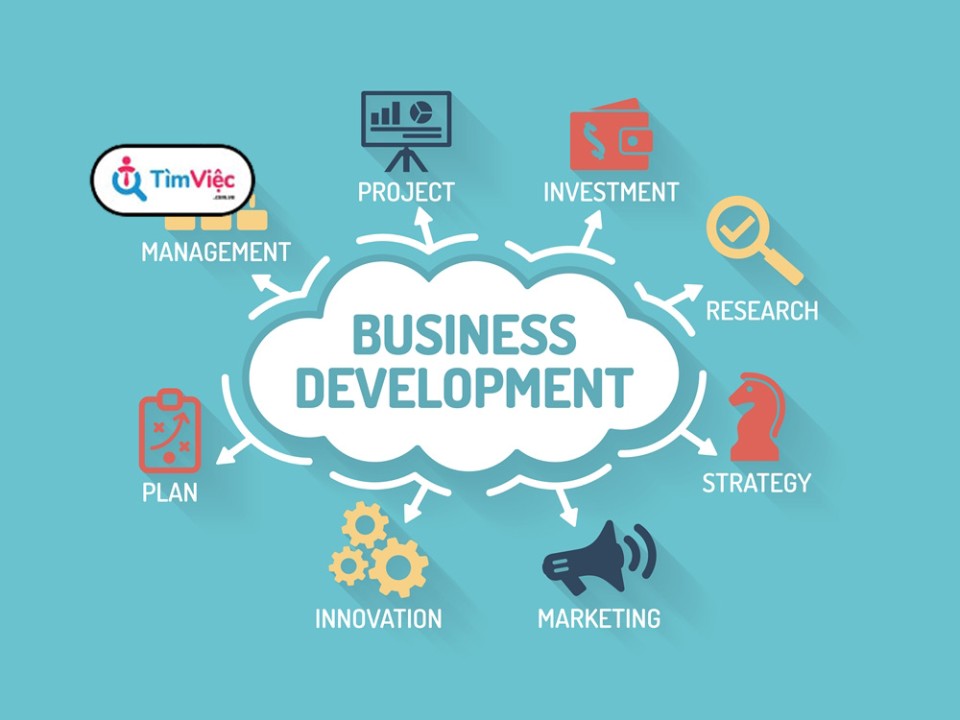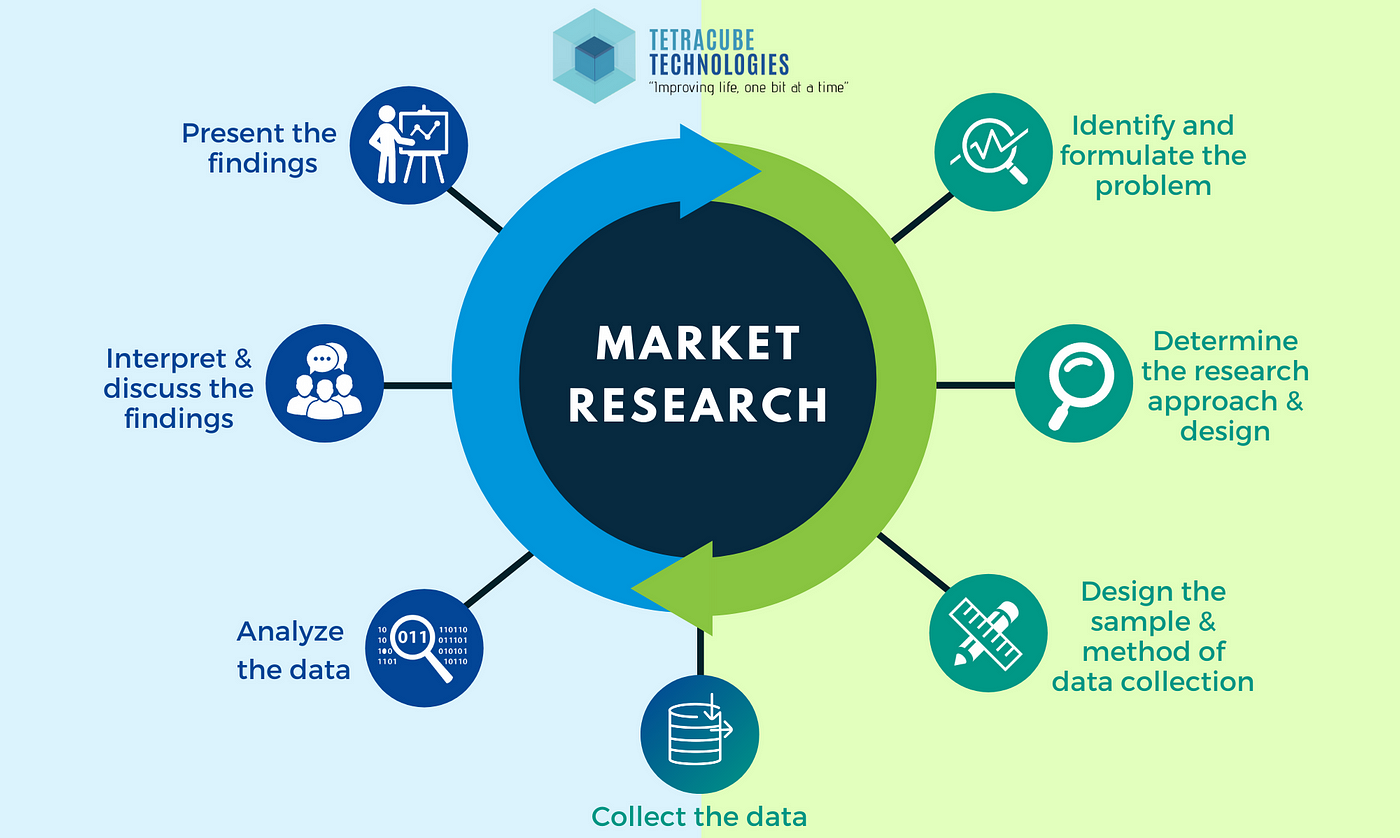Introduction:
Organizations must navigate dynamic markets marked by quickening technical breakthroughs, fluctuating consumer tastes, and intense rivalry in today’s fast-paced, constantly-evolving business environment. In these kinds of situations, firms need to prioritize strategic business development in order to take advantage of new opportunities, stay one step ahead of their rivals, and promote long-term success. This essay examines important business growth tactics for dynamic marketplaces as well as how businesses might prosper in the face of continuous change.

Market Research and Analysis:

Investing in thorough market research and analysis is a key strategy for business development in dynamic marketplaces. To obtain a thorough grasp of the changing environment, this entails obtaining data on market trends, consumer preferences, rival activities, and regulatory changes. Organizations can evaluate risks, spot new opportunities, and decide on market entrance, product development, and expansion plans by utilizing advanced analytics and predictive modeling tools.
Agile Planning and Execution:
Traditional long-term strategy plans may quickly become out of date in dynamic marketplaces due to the frequent changes in the market. Organizations should instead use agile planning and execution techniques, which are more flexible and adaptive. This is dividing up big ideas into smaller, easier-to-manage tasks that have frequent assessments and brief planning periods. Embracing agility enables companies to react quickly to changes in the market, adjust their plans in real time, and take advantage of opportunities as they present themselves.
Innovation and Differentiation:
In fast-paced markets, innovation is a potent catalyst for corporate growth, enabling firms to set themselves apart from rivals and add value for clients. All organizational levels should be encouraged to explore, be creative, and work together by fostering an innovative culture. Organizations may find unmet requirements, provide creative solutions, and remain ahead of the curve in fast-moving industries by investing in R&D, investigating new technologies, and asking for customer input.
Strategic Partnerships and Alliances:
In today’s fast-paced marketplace, cooperation is essential for success. These partnerships and alliances can give businesses access to complementary networks, resources, and experience. Through the establishment of strategic alliances, companies can combine resources, distribute risks, and use opportunities for mutual growth by partnering with startups, research institutions, technology providers, and other industry players. Strategic alliances can also make it easier to enter new markets, expand into previously untapped areas, or reach new clientele.
Customer-Centric Approach:
Businesses must take a customer-centric approach to business development since customer tastes and expectations can shift quickly in dynamic marketplaces. Through market research, customer feedback, and data analytics, organizations should invest in knowing the needs, preferences, and pain points of their target customers. Establishing strong customer relationships and fostering business success can be achieved by firms through the provision of personalized experiences, rapid resolution of consumer feedback, and ongoing innovation to suit changing needs.
Continuous Learning and Adaptation:
An organization’s capacity to continuously learn, adapt, and change in response to changing conditions is essential to its success in dynamic marketplaces. Companies should promote a culture of ongoing learning and development where staff members are inspired to welcome change, take measured risks, and gain knowledge from both achievements and setbacks. Organizations can proactively anticipate market transitions, seize emerging opportunities, and sustain a competitive edge in dynamic marketplaces by remaining agile, open-minded, and responsive to new ideas.

Digital Transformation:
In today’s dynamic marketplaces, embracing digital technologies and making the most of digital transformation efforts can be a potent corporate development approach. Through the implementation of digital marketing strategies, data analytics, and process digitization, firms can achieve increased operational efficiency, improved customer engagement, and the creation of new revenue streams.
Personnel Development and Retention:
Attracting and keeping top personnel is crucial for advancing corporate development in dynamic marketplaces. Companies should fund talent development initiatives, offer chances for professional development and skill improvement, and cultivate an environment at work that encourages employee engagement and loyalty. Talented employees can provide companies a competitive edge, spur innovation, and spur expansion.
Organizations operating in dynamic markets must proactively manage risks and develop resilience since these marketplaces are by nature volatile and unpredictable. To handle any risks to business continuity, organizations should carry out in-depth risk assessments, create strategies for mitigating those risks, and create strong backup plans. Organizations can reduce disruptions and better adjust to shifting market conditions by recognizing and resolving risks early on.
Strategic Communication and Stakeholder involvement:
In today’s fast-paced marketplaces, successful business development depends on effective communication and stakeholder involvement. Establishing clear communication plans, interacting with important parties like investors, suppliers, consumers, and government agencies, and upholding accountability and openness in company operations are all important for organizations to do. Establishing credibility and trust with stakeholders can help firms enhance their reputation and establish a long-term position.
Sustainable Business Practices:
In today’s dynamic marketplace, where environmental and social concerns are becoming more and more significant, adopting sustainable business practices is crucial. Businesses should adopt eco-friendly procedures, include social responsibility projects into their operations, and include sustainability into their business plans. Organizations can improve their brand reputation, draw in socially conscious consumers, and spur corporate development by aligning with society ideals and tackling environmental and social concerns.

Flexibility and adaptability:
These are essential qualities for success in ever-changing marketplaces. In reaction to changing market conditions, organizations should be prepared to modify their business models, reorient their strategies, and welcome change. Organizations may take advantage of opportunities, reduce risks, and prosper in the face of unpredictability and upheaval by remaining adaptable and nimble.
Relationships within the Business Ecosystem:
In fast-paced marketplaces, business development can be significantly accelerated by forming relationships inside the business ecosystem. Organizations can reach new markets, increase their product offerings, and strengthen their competitive edge by working together with suppliers, distributors, service providers, and other ecosystem partners.
Governance and Regulatory Compliance:
For companies functioning in dynamic marketplaces, adhering to regulatory regulations is essential. Companies should make sure that their business processes are compliant with applicable laws, regulations, and industry standards by keeping up to current on these topics. Through a steadfast commitment to regulatory compliance and governance, firms can effectively reduce legal risks and foster stakeholder confidence.
Allocating resources effectively is crucial for corporate growth in ever-changing markets, particularly when it comes to strategic investment and resource allocation. Strategic resource allocation should be made by organizations toward projects with the best chance of success and value generation. Investments in personnel, technology, innovation, and market expansion should be prioritized by firms to optimize profits and promote long-term corporate growth.
Customer Experience Optimization:
In fast-paced marketplaces, increasing customer satisfaction is critical to business growth. In order to provide individualized and seamless experiences across all touchpoints, organizations should concentrate on knowing consumer wants, preferences, and pain areas. Organizations may set themselves apart from rivals and spur growth through recommendations and repeat business by putting a high priority on customer happiness and loyalty.
Data-Driven Decision Making:
In today’s dynamic marketplace, making well-informed business decisions requires utilizing data analytics and insights. Gathering and evaluating pertinent data will help organizations learn important things about consumer behavior, market trends, and competitive dynamics. Organizations may maximize their chances of success, reduce risks, and pinpoint opportunities by utilizing data-driven decision making.
Continuous Monitoring and Assessment:
To guarantee efficacy and alignment with corporate goals, business development initiatives should be regularly tracked and assessed. Establishing metrics and key performance indicators (KPIs) helps organizations monitor their success, spot opportunities for development, and make the required changes to their plans of action. Organizations can remain adaptable to changes in the business environment by continuing to monitor and evaluate in a proactive manner.
Building strong networks and relationships with stakeholders, industry peers, and influencers can help open doors to new opportunities and support business growth initiatives. This is known as strategic networking and relationship building. To network and form advantageous alliances, organizations should take an active part in industry conferences, events, and networking gatherings. Organizations can promote business development objectives by using important resources, insights, and support through the cultivation of strategic connections.
Conclusion:
Businesses have possibilities as well as problems while developing their business in changing markets. Organizations can navigate the complexities of dynamic markets and drive sustainable growth by implementing strategic approaches like investing in market intelligence, embracing agility, fostering innovation, forming strategic partnerships, prioritizing customer-centricity, and fostering a culture of continuous learning and adaptation. In today’s quickly changing business environment, firms can position themselves for success by remaining inventive, adaptable, and customer-focused.
- All Posts
- Uncategorized

Dr. Daniel Davidson, MD, MBA Introduction: The goal of success for businesses nowadays is to establish a global brand because…

Dr. Daniel Davidson, MD, MBA Introduction: Stem cells have captivated the imagination of scientists and the public alike for their…

Dr. Daniel Davidson, MD, MBA Introduction: Platelet-rich plasma (PRP), fat grafting, and dermal fillers made from natural sources are examples…
